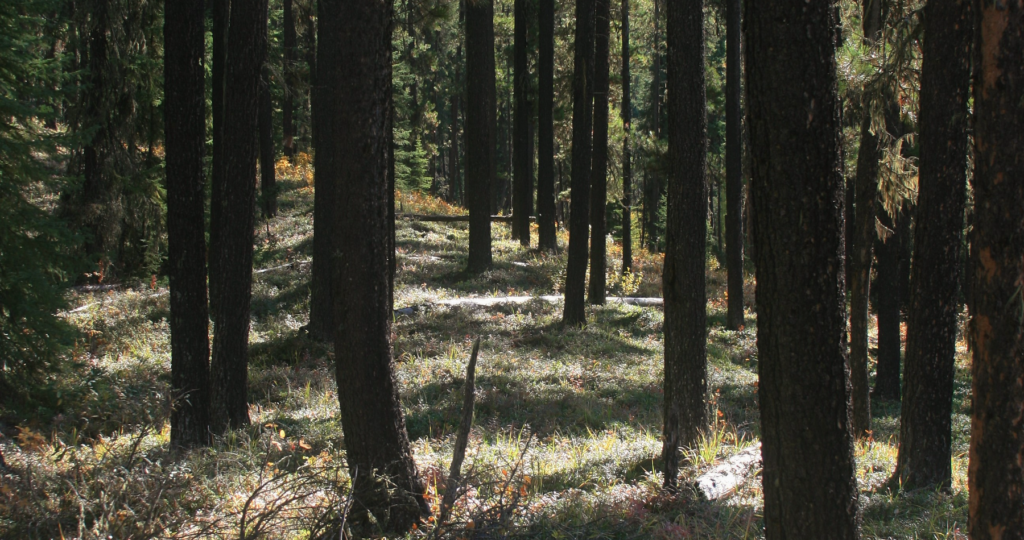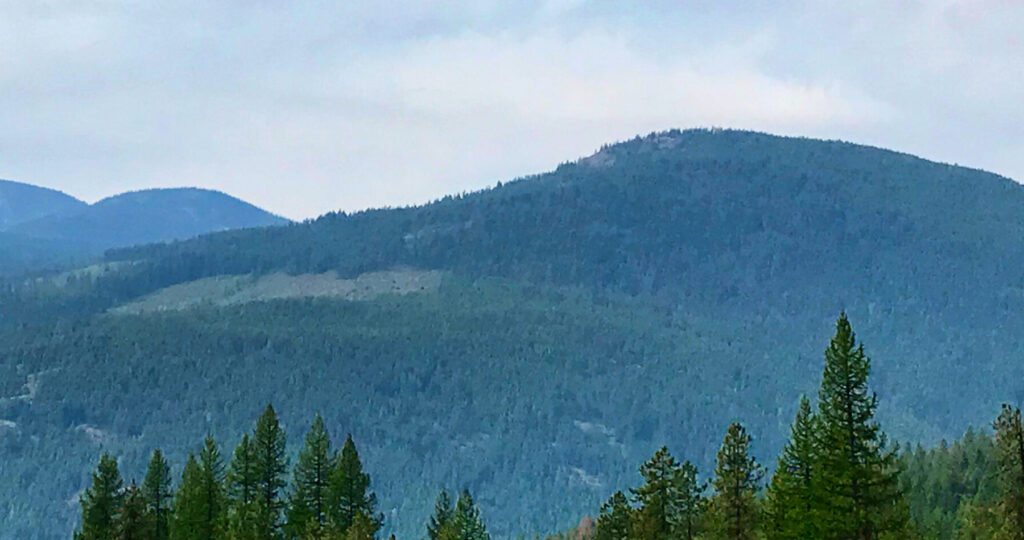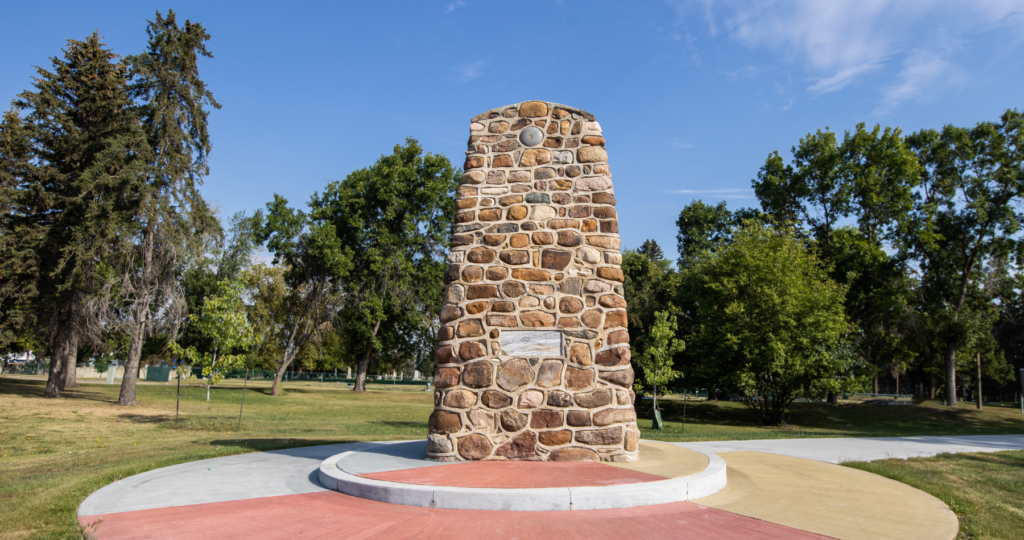Post Category : Archaeotourism Local Archaeology
Big John’s Spring
A couple of the traits that serve archaeologists best are curiousity and an ability to recognize when something doesn’t belong.
For example, look at this site Brittany found in 2014 on the North Saskatchewan River when we were undertaking assessments for Sundre Forest Products. It may not look like much at first glance, but it’s an interesting historic period site.

Brittany was riding her ATV along the recreational trail that follows the route of the historic Canadian Northern Western Railway line that ran between Nordegg and Rocky Mountain House. She was looking for the best place to park and begin her hike when she noticed a break in the berm that follows some parts of the rail line. It was a strange and deliberate looking design and so she stopped to investigate. Visible from the trail and through the berm was a small pool of water. Closer inspection showed the pool to be square shaped, lined with cut boards, and overflowing; the water was flowing out of the pool and down the slope away from the railway line. It must be spring fed for the water to be flowing like that.

We both walked through the surrounding area, looking for anything else that might be related to the site. We found some cans, part of a shovel and some other metal items. These things are common along the railway line. We saw that there was barbed wire fencing strung across the pool, probably to keep cattle in as this area has a history of grazing. Could this pool be a watering hole for cattle? Since the barbed wire ran right over the middle of the pool we decided that it likely wasn’t made for that reason. Perhaps it was a watering stop for the nearby railway. It may be a bit small for refilling a train (although we couldn’t safely confirm how deep it is). I think it’s more likely this water was used for human consumption.
We later found this story about the nearby town of Saunders Creek in the book Ghost Town Stories of Alberta1:
During the hungry Depression years, when there was very little work at the mine, most residents survived on garden vegetables, wild meat and fish from the North Saskatchewan River. Near his cabin, Big John discovered a way for townsfolk to keep their food and water supplies fresh… One day in 1932 while out walking, Big John discovered water seeping from a side hill. He climbed up a bit and dug a hole. As water began flowing into it, he realized he’d found a spring. He built a little shed around it to create a cooler. People stored perishable food there, and whenever the mine’s washhouse water line froze up, Big John allowed folks to help themselves to water. Over the years, it became a regular sight to see residents walking along Big John’s path from the creek, loaded up with as many buckets of water as they could carry.
Could this be the remains of Big John’s spring / cooler? We later found the remains of a cabin just 130 m down the slope from this pool (see photo below) so it certainly sounds like the same set up described in the history book.

Unfortunately, the location just doesn’t quite match up. Big John apparently lived close to Saunders Creek whereas this site is more than 20 km down the railway from Saunders. It could be a coincidence or an example of how good ideas spread.
To hear more about what we’ve been finding along this stretch of railway, join us on May 21st at the Sundre Museum for an Archaeology Roadshow.
1 Bachusky, Johnnie 2011. Ghost Town Stories of Alberta: Abandoned Dreams in the Shadows of the Canadian Rockies.



